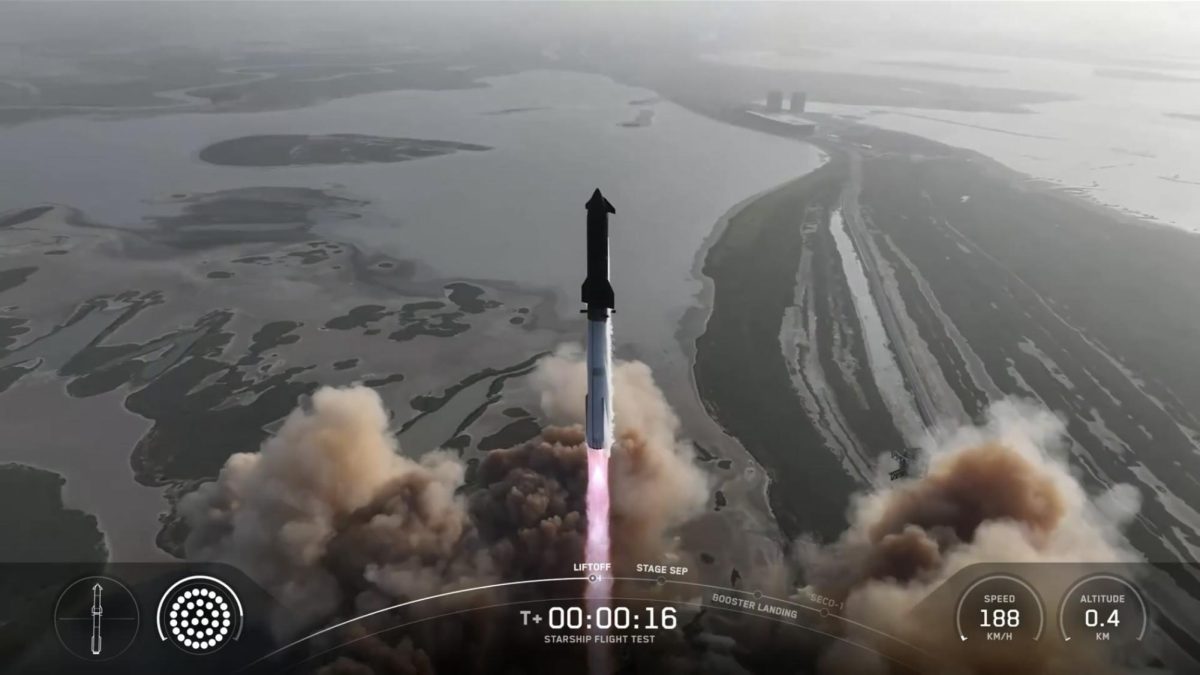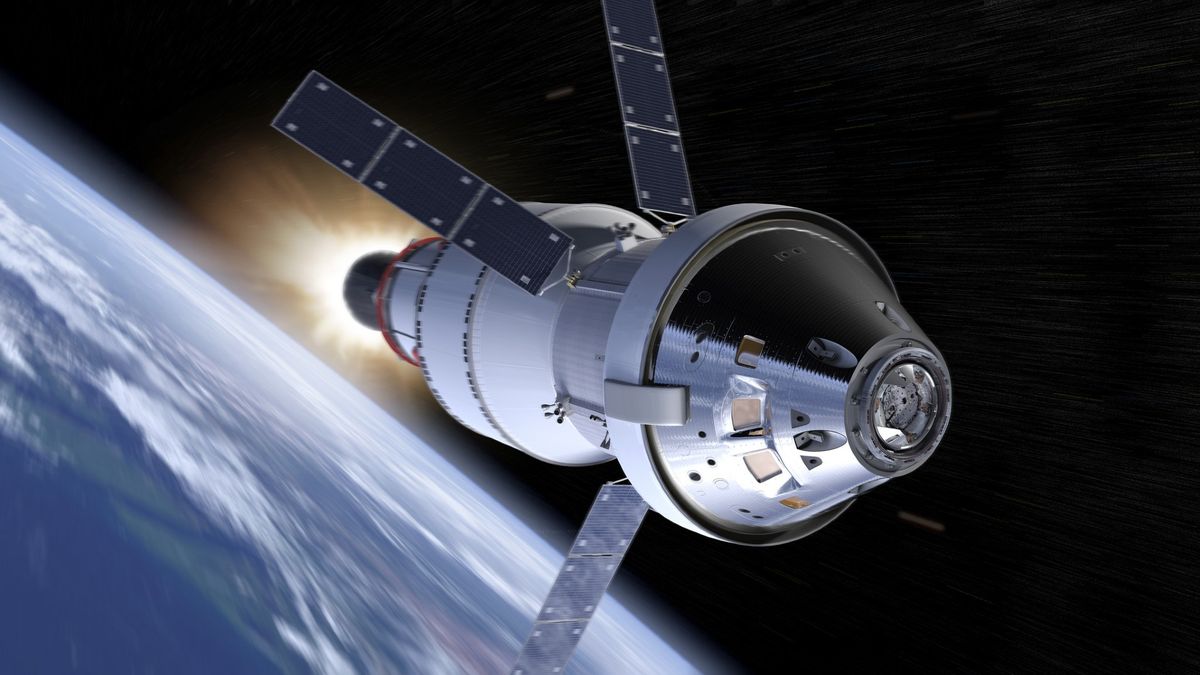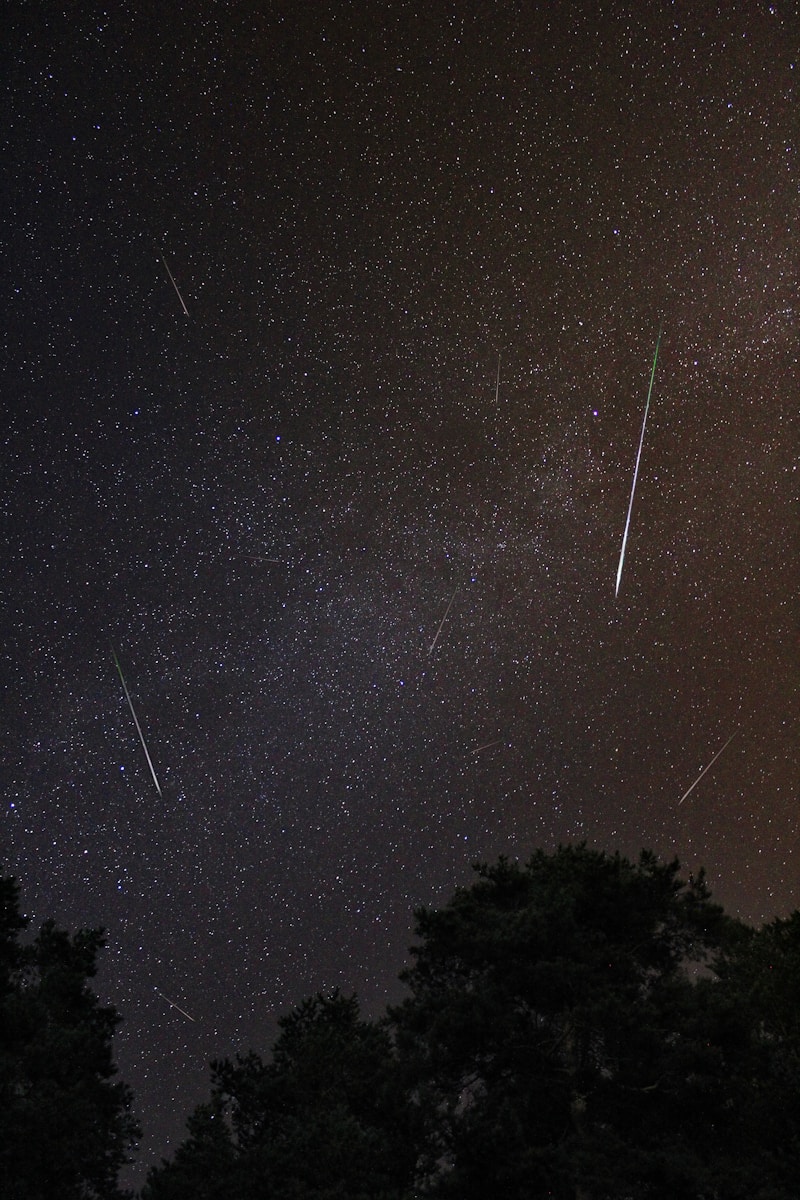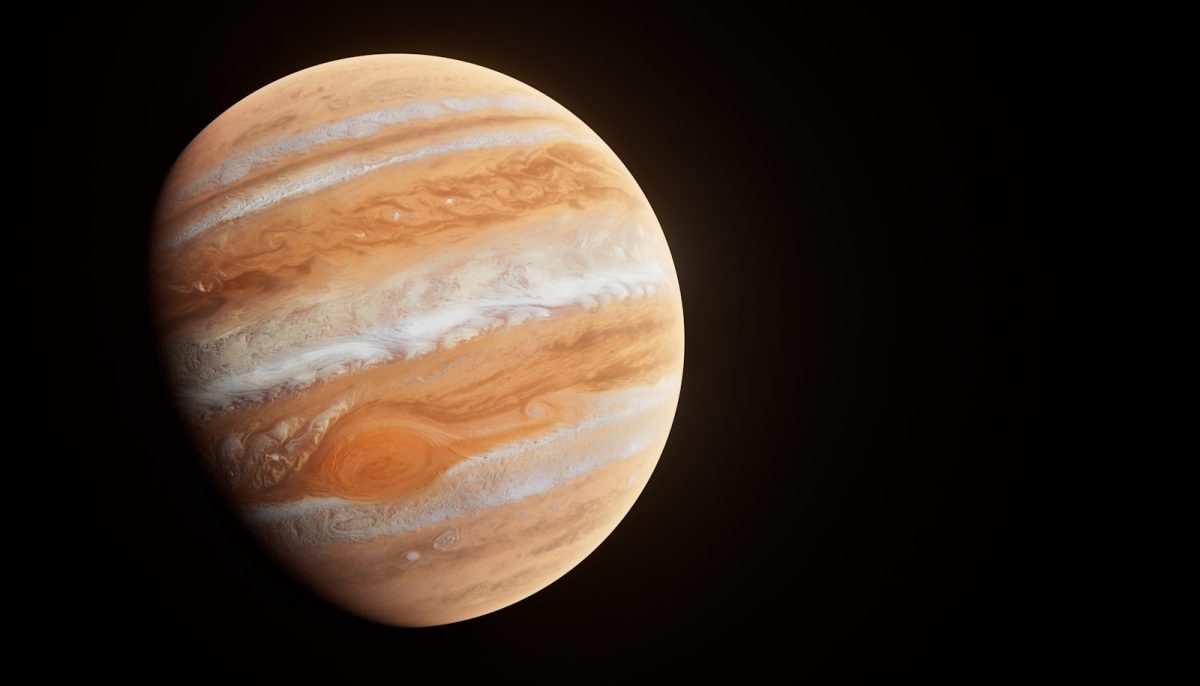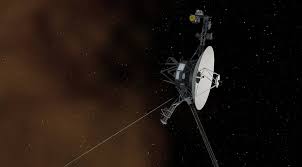
Voyager 1’s Voyage
From more than 15 billion miles away, NASA engineers began repairing a space probe that is headed to the constellation of Ophiuchus last April, though it won’t arrive for some 38,000 years. NASA launched Voyager 1 in 1977 and has already outlived expectations, but the space agency hopes to continue receiving data from the probe until at least 2030. Yet after Voyager 1 experienced a computer glitch in November, it began transmitting incomprehensible data (which isn’t entirely unusual for it), prompting NASA to initiate those long-distance fixes.
After some uncertainty, about if any of it would work, the repairs succeeded. Even better, when Salon spoke with NASA about the problem of fixing distant spacecraft, the experts were optimistic about its future and what it says about space exploration in general.
To understand why, it is first necessary to break down what happened to Voyager 1 in the first place. In November, the space probe sent a signal that did not include any data. Engineers figured out that the issue was either with the flight data subsystem (FDS) or the telemetry modulation unit (TMU). By the last week of February, NASA sent a “poke” to Voyager 1 to prompt the FDS to send a memory readout with data; not only did this succeed, but NASA soon uploaded a separate command that caused Voyager 1 to reply with a full memory readout that helped them identify the specific issue with the FDS.
“The team confirmed that the issue is with the FDS,” NASA Jet Propulsion Laboratory media relations specialist Calla Cofield told Salon. “A chip responsible for storing 256 words of the FDS memory has a stuck bit (the code is stuck at a 0 or a 1), indicating the part failed, either due to age or due to external particle damage. This section represents about 3% of the FDS memory. The team would need to relocate the portion of the software code stored on the damaged chip.”
During the April mission, NASA transmitted a command to Voyager 1 to relocate the portion of the impacted FDS software code and redirect references to that code to other places in the spacecraft software.
“On April 20, the team received engineering data from the spacecraft, indicating that the command was a success,” Cofield said. “All indications suggest the spacecraft is fine after five months of no contact.”
The team began once again receiving scientific data from Voyager 1 on May 19, and by June all of the science instruments on Voyager 1 had resumed sending usable data. Even so, Cofield added that “housekeeping is still ongoing with the spacecraft.”
Of course, this is not the end of the issue; Voyager 1 is not the only space probe that may someday require repairs. Currently, two other space probes have left the Solar System and remain operational, Voyager 2 and New Horizons. Additionally, NASA has sent out two additional probes that are now defunct, Pioneer 10 and Pioneer 11. Can the lessons that allowed NASA to repair Voyager 1 be applied to these and other distant spacecraft?
RELATED STORIES:
- https://science.nasa.gov/mission/voyager/frequently-asked-questions/
- https://www.newscientist.com/lastword/mg26134731-400-what-is-the-probability-that-voyager-1-or-2-will-hit-a-planet-or-star/#:~:text=Since%20both%20have%20already%20passed,cause%20them%20to%20change%20direction.
- https://avi-loeb.medium.com/where-will-voyager-be-in-a-billion-years-3c49fc8fbb95#:~:text=However%2C%20on%20the%20size%20scale,unusual%20material%20strength%20and%20composition.
- https://www.cnn.com/2023/05/10/world/nasa-voyager-probes-power-scn/index.html#:~:text=Both%20Voyager%20probes%20rely%20on,heaters%20and%20other%20nonessential%20systems.
- https://www.wired.com/story/how-nasa-nearly-lost-the-voyager-2-spacecraft-forever/#:~:text=When%20Suzanne%20Dodd’s%20team%20transmitted,antenna%20slightly%20away%20from%20Earth.
TAKE ACTION:

